A beautifully designed open office offers important benefits to employees. The research found that working in an environment that has natural light and views makes workers less frustrated, more patient, and productive.
However, open offices have downsides as well. A Study has shown that insufficient speech privacy is the number one complaint among office workers. People with a lack of sound privacy overhear lots of conversations that they shouldn’t, which interferes with their internal monologue and makes it difficult to concentrate.
How can you block office noise, while also having a gorgeous open office? There are several ways to reduce office noise without sacrificing the aesthetics of an open office.
1. Provide dedicated quiet spaces
A dedicated quiet space, such as an unused conference room, can be a helpful resource for employees trying to focus on an important task or project. Oftentimes, shared desks and open office layouts create a loud work environment, which makes it difficult for employees to concentrate, thereby impacting productivity.
2. Provide loud spaces, too
Providing a “loud space” to encourage interaction and discussions such as lunchroom or game room can allow employees to take a break from work for a personal call or an informal gathering such as a team birthday celebration without disturbing coworkers.
3. Reduce office noise by increasing background noise.
It seems counter-intuitive, but adding more background sound to an environment can actually make it sounds quieter. It is not the noise itself that is distracting, but the unwanted speech noise is. However, words that are unintelligible are less likely to be distracting. By adding a continuous, low-level ambient sound to an environment, sound masking can help make conversations unintelligible for listeners that aren’t intended to hear them, and therefore much less distracting. Sound masking solutions are popularly used in modern open offices, as speech privacy, productivity and office comfort are the top concerns for both employees and employers.
4. Bring in soundproofing materials without sacrificing design.
Soundproofing materials, such as cubicle partitions and standard white acoustical ceiling tiles, can effectively reduce noise in the offices but are not aesthetically pleasing. Alternatively, you can decorate drop ceilings or walls with different colors and shapes. Unfortunately, these materials are expensive, but can be worth the investment for offices with major office noise issues and that want to display a creative flair.
This blog post was adapted from a Harvard Business Review article. Read the original full-length article here.
Talk to an expert –>>







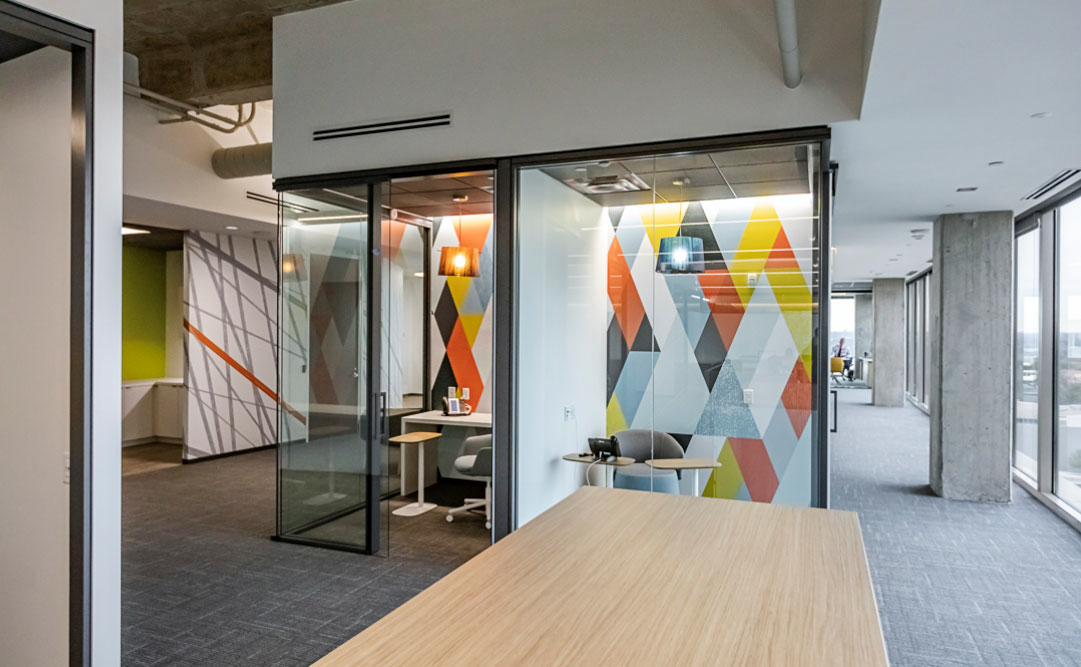

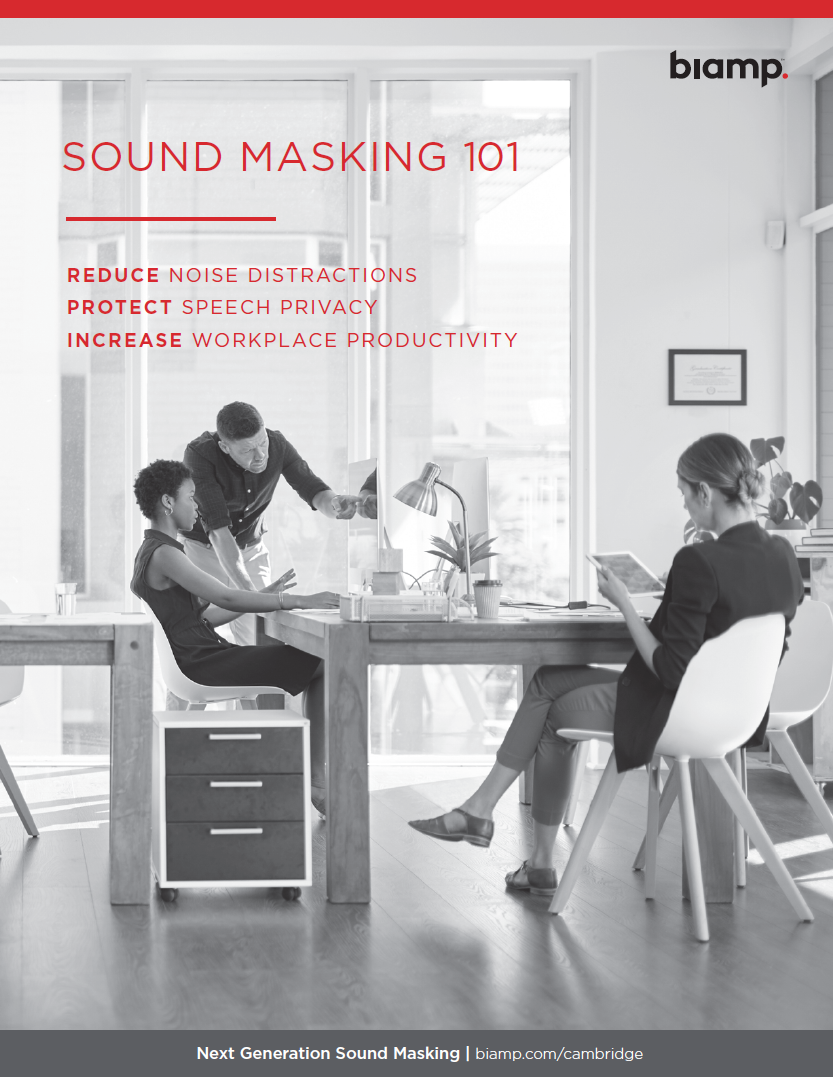





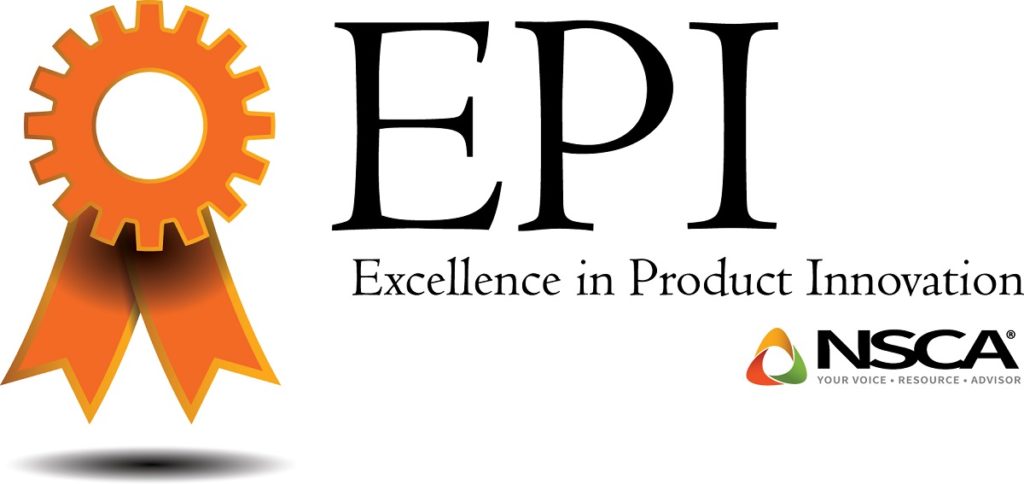
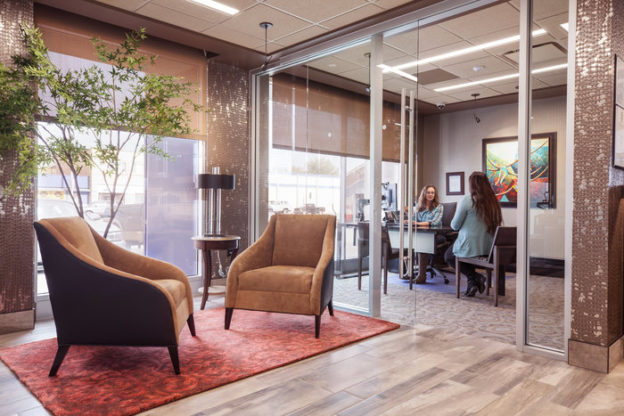
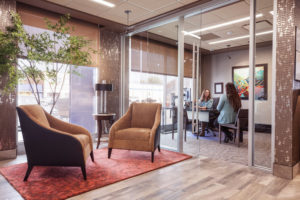 Have you ever been to a pharmacy and shared private medical information? Or perhaps the bank teller shares your checking account balance with you. What about sharing your date of birth or credit score as you are applying for a home loan? Today we fear credit card hackings and buying online, but what about public spaces where everyone can hear you? How do you know if your information is safe? Many retailers are starting to understand the speech privacy problem in their brick and mortar locations. Billions are spent on cyber security, but what is preventing someone from overhearing you as you share your most sensitive personal information?
Have you ever been to a pharmacy and shared private medical information? Or perhaps the bank teller shares your checking account balance with you. What about sharing your date of birth or credit score as you are applying for a home loan? Today we fear credit card hackings and buying online, but what about public spaces where everyone can hear you? How do you know if your information is safe? Many retailers are starting to understand the speech privacy problem in their brick and mortar locations. Billions are spent on cyber security, but what is preventing someone from overhearing you as you share your most sensitive personal information?
